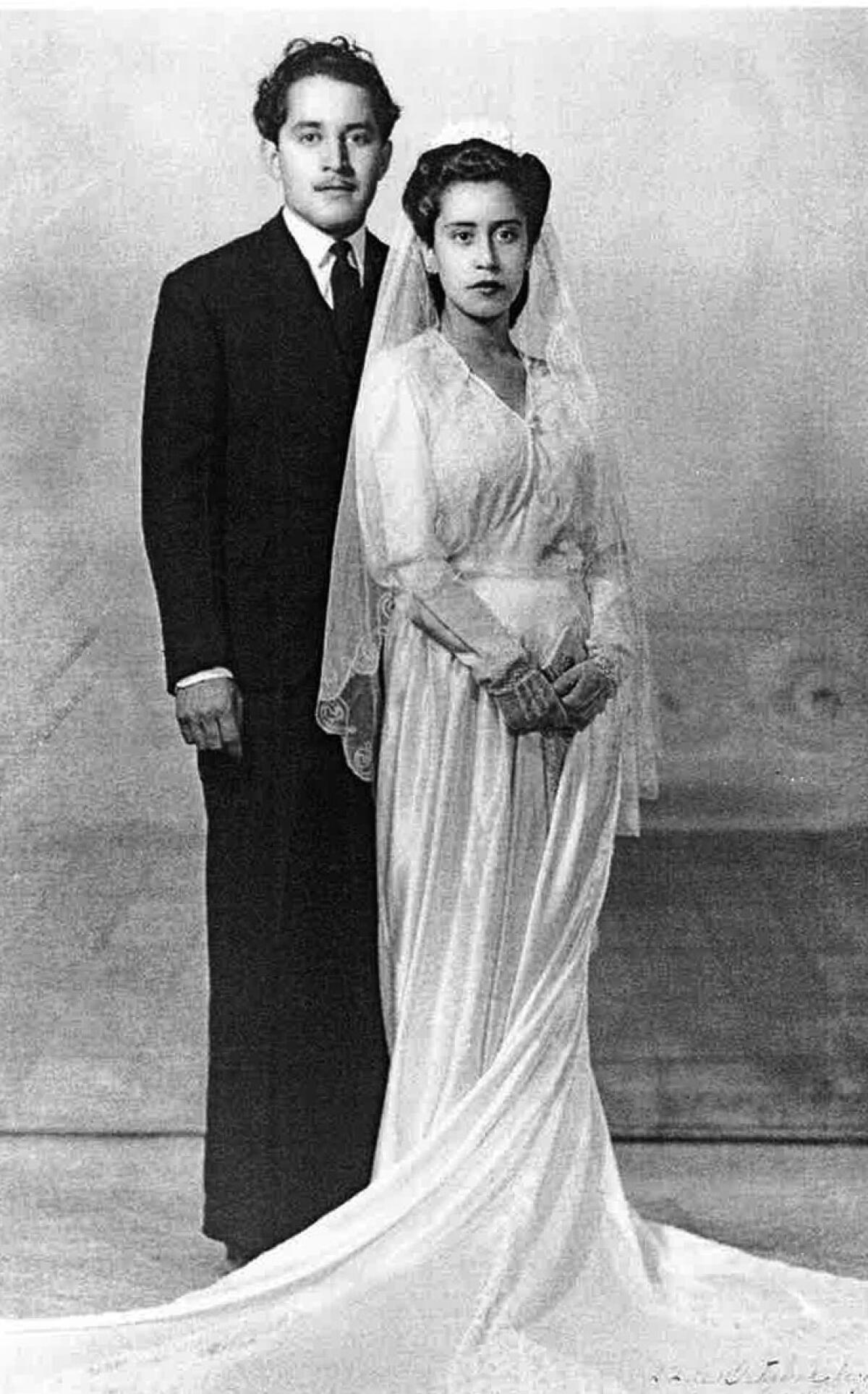-
San Diego sheriff: Migrants did not try to forcefully stop school bus - August 31, 2024
-
One stabbed, another injured in altercation on L.A. Metro bus - August 31, 2024
-
Trump Judge Has ‘Two Options’ as Future of Case Unclear: Analyst - August 31, 2024
-
What to Know About Putin’s Planned Visit to Mongolia Amid ICC Arrest Warrant - August 31, 2024
-
Buying sex from a minor could be a felony under bill headed to Newsom - August 31, 2024
-
Democrat Lawmaker Switches Party to Become Republican - August 31, 2024
-
Misdated Mail-In Ballots Should Still Count, Pennsylvania Court Rules - August 31, 2024
-
Cause and manner of death determined for Lucy-Bleu Knight - August 31, 2024
-
NASCAR Craftsman Truck Series Announces Return To Iconic Circuit In 2025 - August 31, 2024
-
At Pennsylvania Rally, Trump Tries to Explain Arlington Cemetery Clash - August 31, 2024
Student’s paper on Mexican repatriation could lead to new L.A. statue
As her junior year of high school came to a close in 2023, Tamara Gisiger’s history teacher tasked the class with a research project of their choosing.
A then-17-year-old Gisiger narrowed in on what she called an “underground, hurtful and dark part of history that just isn’t talked about” — the Mexican repatriation that took place in the 1930s amid the Great Depression.
The repatriation involved deporting 1 million people with Mexican heritage, 60% of whom were American-born citizens, and was one of the largest deportations in American history, according to Gisiger, who lives in New York City.
The epicenter took place in Los Angeles, where up to 75,000 Mexican immigrants and Mexican Americans were deported by train — oftentimes at Union Station — in one year, Gisiger, now 19, said in a phone interview, reciting the dates and numbers off the top of her head.

Tamara Gisiger’s research paper on the Mexican repatriation could lead to a new statue in L.A.
(Tamara Gisiger)
Gisiger’s research has involved contact with descendants of those deported and eventually led to a panel at the United Nations’ Hispanic Leadership Summit last December. It could soon lead to a new law in California to create a statue memorializing a portion of history that politicians, academics and community leaders say is at risk of happening again.
“It’s so important that [the bill] is happening now,” said Gisiger, who is of Mexican and Swiss descent. “Next year will be the 95th anniversary of the start of the Mexican repatriation .…Hopefully, the statue and educating people can stop history from repeating itself.”
The bill, which faces a hearing Wednesday, is authored by Sens. Josh Becker (D-Menlo Park) and Lena Gonzalez (D-Long Beach), both of whom felt driven to commemorate the lives affected by the repatriation.
Becker said he met with Gisiger and her family and discovered upon reading her research paper how much he didn’t know about that time in history. He tagged in Gonzalez, who said she also did not learn much about the repatriation while attending public school in California.
Gonzalez, whose mother is a Mexican immigrant, said that the statue is important to combat “political rhetoric that basically is trying to bring back that history.”

Agricultural workers of Mexican descent await deportation in 1950 in California.
(Los Angeles Times)
“Let’s be very clear: [Former President] Trump has promised mass deportations in this election cycle, even mass deportations of people who have American children,” Gonzalez said. “He’s bringing back this generational trauma that so many of us have pushed aside.”
Trump has put fears about immigration at the center of his campaign and suggested using the National Guard to target between 15 million and 20 million people for deportation. He’s said he intends to launch “the largest mass deportation in the history of our country.”
Republican Assemblymember Tom Lackey of Palmdale said that although he supports the bill, he felt it was a “very unfair characterization” to compare the repatriation with current day immigration.
“The issue of illegal immigration is a very emotional issue,” Lackey said. “I think that sending people back, and the way that they did it in that day, is much different. Those are people that did not break any rules or any laws by being here.”
Lackey described the memorial as an opportunity to show how “this country has made mistakes in its developments.”
“I think it’s very, very healthy to acknowledge poor decision making and things that were done that shouldn’t have been done so that we don’t repeat them,” he said.
The statue’s planning process would involve creating a nonprofit organization to oversee fundraising and development of a memorial in L.A., which supporters hope will be ready in time for either the 2026 World Cup or 2028 Olympics. The cost has not yet been determined, but supporters of the bill say it will be funded by private donations and not state dollars.
“The fact that there are some major events coming is important because, again, the whole goal of this is for people to learn about this part of history, acknowledge this part of our history, because that’s the only way we can try to make sure that it doesn’t happen again,” Becker said.
As for location, Gisiger envisions the memorial’s placement at either Union Station or a green space near Olvera Street. There’s no set design for the memorial, but Gisiger hopes it can be carved by a Mexican sculptor and show how families were separated due to the mass deportations by train.
“Through the statue, we need to be able to give respect, courage and honor to all the families of the Mexican Americans who need to hear that their family sacrifices were all worth it,” she said.
Efforts — and lawsuits — have been mounted in the past to address the repatriation’s impact in California. One of the most recent attempts came in 2005, when California issued a formal apology and required that a plaque be erected in L.A. The plaque was unveiled in February 2012 near the La Plaza de Cultura y Artes.
The statue that would be created from Becker and Gonzalez’s bill, however, could result in a more robust tribute and become an act of restorative justice, according to Kevin Johnson, dean of UC Davis’ law school and professor of public interest law.
“It also could help educate the community about what happened and how it affected people during a time about how they identified themselves,” Johnson said.
Martin Cabrera’s late grandfather Emilio Cabrera, who was born in Wilmington, didn’t dwell too much on the day he was deported in 1931 at about 12 years old. He was expelled via train, but was able to later return to the U.S.

Emilio Cabrera and his wife Maria Asuncion in 1934. Although a U.S. citizen, Cabrera was deported to Mexico at age 12, but later returned.
(Family photo)
“I couldn’t understand it as a person growing up — how can he be deported when he was born in the United States? But it was what was taking place at the time. There were a lot of comments that said Mexicans are taking all the jobs,” Cabrera said from his office in Chicago.
Emilio, who died in 2005, refrained from contemplating the past, because, for him, there was too much work to be done, his grandson said.
“It was something that happened, and you deal with it and you keep working,” Cabrera said. “And that’s the one thing he instilled in us: hard work ethic. There’s always challenges in life.”
Cabrera hopes the statue will contain an uplifting message, perhaps one that can pay homage to the resilience of the Latino community in light of his grandfather’s legacy.
“That’s what I think is the key message,” he said, “that there are no limits on what we can do.”
Source link













